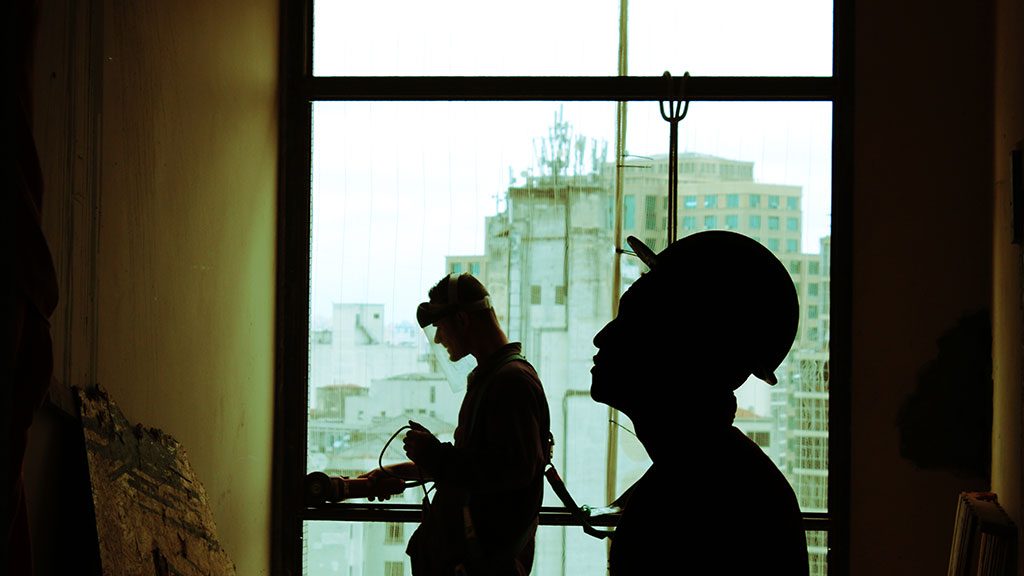Buildings are vulnerable to any number of harmful elements, whether it’s natural ones such as pollution, UV rays and salt, or manmade problems such as graffiti or poor window cleaning.
But owners and managers are no longer tied to a hard choice between expensive component replacements or trying to find some way to clean or cover up that damage, Provive Revitalization Services president Dean Stanbridge told participants at a jam-packed seminar at The Buildings Show in Toronto recently.
“Whether it’s concrete, natural stone or metal panelling, replacement is expensive and until now the only viable alternatives have been elastomeric wall coverings, two-part epoxies, paints or acrylics,” he said.
After having been used and tested in Europe for many years, polymers specifically formulated for porous and nonporous surfaces are now starting to reach North America, said Stanbridge, whose firm specializes on revitalizing and protecting hard surfaces using those polymers.
“Europe is way ahead of us (in the development) of materials.”
In a presentation he contrasted the advantages of polymer coatings versus paints or epoxies. Polymers don’t alter the look from what was originally intended, won’t chip or peel, last longer and, since surfaces have to be meticulously prepped, there are “no worries about bleeding through.”
Some of the advantages of using polymers include improved ease of cleaning, less interference to tenants and it’s less expense than replacement.
In a case study on a Toronto office building where the owner was considering a major window and mullion replacement because of oxidation, he explained how his firm’s proposal of cleaning the windows and applying the polymers to the mullions resulted in an almost 70-per-cent savings. There was also no disruption to the tenants.
“You can also look at small projects individually,” said Stanbridge, showing how a pair of fire hose connection pipe stands had been restored with a polymer coating. Other small-scale applications include utility and Canada Post boxes.
Polymers have uses beyond buildings such as treating aluminum trains and fibreglass boats, he said.
A major focus of his presentation was the demographic, economic and social issues that will and are influencing the design, construction and renovation of workplaces and the role polymers will play in required revitalization projects.
In a reference back to Europe, Stanbridge said building revitalization is occurring throughout that continent and that is also the direction the North American commercial sector is headed.
“Revitalization is the ability to affordably bring back the components of a building to how they looked when it was first built. We don’t need new office buildings. But we have a lot of aging infrastructure that needs attention. We need to fix what we already have.”
To support that statement he referenced several different studies including one that states almost four million Americans work at home half the week and on a global basis approximately 70 per cent of the world’s labour force works remotely at least once a week. The number of people who work in commercial office buildings is also declining.
“How many people here work from home? Ten years from now that will be much more dramatic,” said Standbridge in response to a number of hands that were raised in the air.
Other factors influencing new construction or revitalization decisions include cost considerations, the need to keep existing tenants happy while attracting new ones and changing workplace values driven in large part by the exit of boomers and their replacement by millennials, he said.











Recent Comments